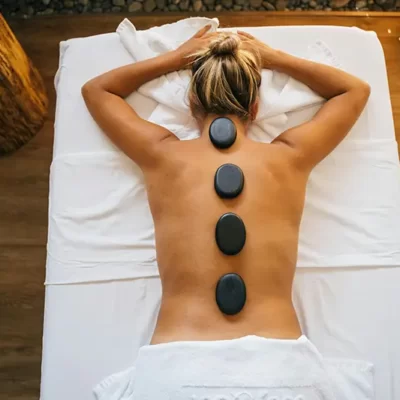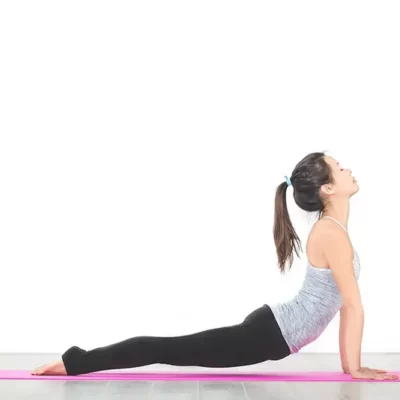Reduce Menstrual Pain Without Medication
Introduction
Pelvic pain affects a large number of women, significantly impacting their daily well-being. Often associated with menstrual periods, these pains can vary in intensity and nature, requiring tailored and personalized solutions. In “Reducing Menstrual Pain Without Medication,” we will discuss various relaxation techniques that can alleviate these discomforts, offering women effective and accessible means to improve their quality of life.
Understanding Pelvic Pain
Pelvic pain can be caused by a multitude of factors, ranging from menstrual conditions like dysmenorrhea to more complex conditions such as endometriosis or interstitial cystitis. These pains are not just a physical inconvenience; they can also affect mood, sleep, and the overall ability to function daily. Recognizing the impact of these pains is the first step towards effective management, highlighting the importance of not neglecting them and seeking suitable solutions.
Relaxation Techniques to Alleviate Pelvic Pain
Deep Breathing and Muscle Relaxation
Deep breathing is a simple but powerful technique to reduce body tension and soothe the mind. By focusing on slow and deep breaths, the body enters a state of relaxation that can decrease the perception of pain. Progressive muscle relaxation, which involves tensing and then releasing different muscle groups, can also help relax the body and relieve pelvic pain.
Yoga and Gentle Stretching
Yoga is a beneficial practice for both mind and body, offering postures and movements that can relieve tension in the pelvic area. Gentle stretches, especially those targeting the lower back, hips, and abdomen, can improve blood circulation and reduce cramps. Poses like the “Child’s Pose” or the “Pigeon Pose” are particularly recommended for their soothing effect on menstrual pain.
Meditation and Mindfulness
Meditation and mindfulness invite focusing attention on the present moment, helping to detach the mind from pain. These practices can reduce stress and anxiety, often exacerbated during periods of pelvic pain, and promote a sense of inner calm.
Learn More: How Chinese Medicine Can Transform Your Management of Menstrual Pain
Using Heat
Applying heat to the lower abdomen can be extremely comforting and effective in relieving menstrual pain. A hot water bottle, a heating pad, or even a warm bath can relax the muscles and reduce inflammation, providing significant relief.
Aromatherapy
Aromatherapy uses essential oils to improve physical and psychological well-being. Certain oils, like lavender or chamomile oil, are known for their relaxing properties and can be used for belly massages or diffused in the air to help manage pain and stress.
Learn More: Menstrual Harmony: Discover How Natural Remedies Can Soothe Your Periods
Dietary Tips to Reduce Pelvic Pain
Diet plays a crucial role in managing pelvic pain. Certain foods, rich in omega-3 and antioxidants, can help reduce inflammation and cramps. It’s recommended to incorporate fruits, vegetables, nuts, and seeds into your diet, while avoiding foods that can worsen symptoms, such as those containing caffeine, refined sugar, and saturated fats.
Learn More: How to Naturally Relieve Menstrual Pain: Complete Guide on Diet, Supplements, and Hydration
When to Consult a Professional
While these relaxation techniques can provide relief, it’s important to consult a healthcare professional if pelvic pain becomes unbearable or interferes with daily activities. Severe or persistent pain may indicate an underlying condition requiring medical evaluation and treatment.
Conclusion
Pelvic pain, although quite common, should not be a fact of life. By adopting relaxation techniques and taking care of one’s body through a suitable diet and general well-being attention, it is possible to Reduce Menstrual Pain Without Medication. Since every woman is unique, it may be necessary to experiment with different methods to find those that offer the most relief.







